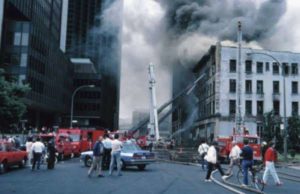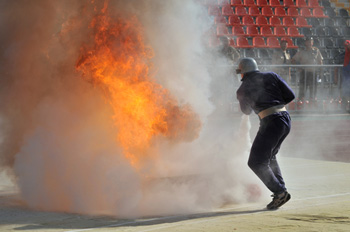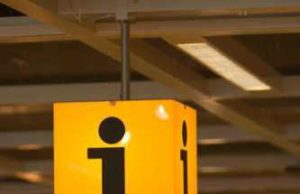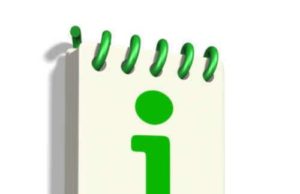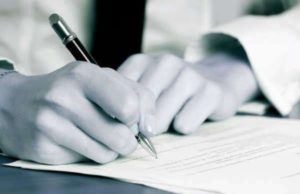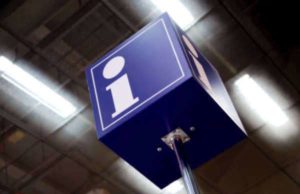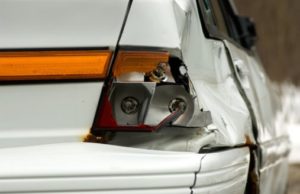Fire Prevention Week: October 7-13
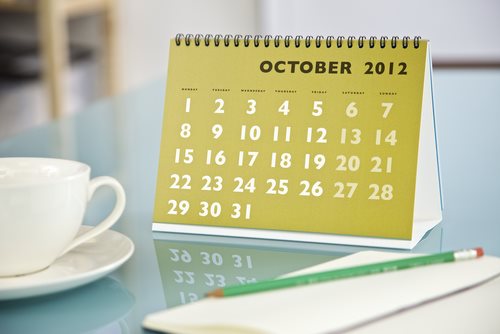
The Federal Emergency Management Agency (FEMA) announced on Friday that fire prevention week will begin on October 7 and run until October 13. During the week, FEMA and the U.S. Fire Administration (USFA) are partnering with the National Fire Protection Association in order to encourage families and individuals to develop a fire escape plan.
According to FEMA, “Hundreds of thousands of fires happen in and around American home every year, killing or injuring thousands of people and causing untold damage to families and communities.” FEMA reports that 362,100 residential fires occurred in 2010 alone. The fires resulted in 2,555 deaths and 13,275 injuries. Additionally, the fires caused over $6.6 billion in property loss in 2010 alone.
FEMA Region III Acting Regional Administrator Robert Welch states, “In the event of a fire, remember that every second counts, so you and your family must always be prepared. Having an escape plan and practicing it can help you get out quickly.”
FEMA and the USFA provide the following tips to homeowners. Make sure you equip ionization and photoelectric smoke alarms in your house. You can buy dual sensor smoke alarms that contain both ionization and photoelectric smoke sensors as well. Secondly, make two exit points for every room in your house. These can include windows and doors. Thirdly, form your home fire plan and practice with all of the members in the family including all children, elderly family members, and any other people who need help getting out of the house.
Practice your home fire plan a couple of times, and make sure you practice the plan a couple of times time every year. You can never be safe enough.
If you want more fire statistics, you can visit the following link: https://www.usfa.fema.gov/statistics/estimates/index.shtm.
More information about fire safety and prevention is found at the following link: www.nfpa.org.
Source: Federal Emergency Management Agency



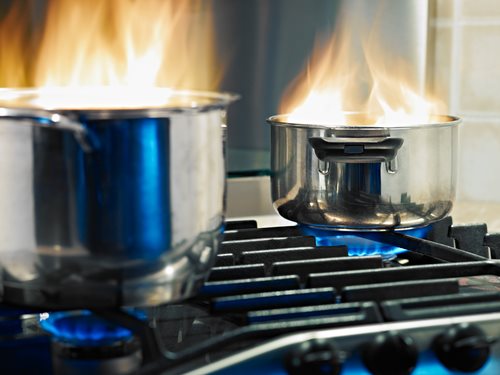
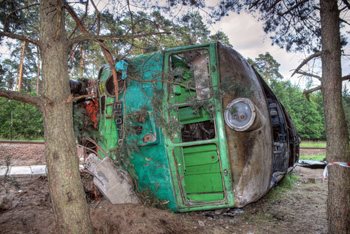 A train accident is classified as any accident that takes place involving a train, locomotive, subway, or other regulated vehicle designed to operate on a railway system. The fact that trains are confined to tracks allows for their use to be both some of the most direct means of transport, as well as some of the most complex. Unlike free-wheeled vehicle, such as a car or a bicycle, a train cannot rotate or alter the direction in which it travels. Yet, a train can alter the speed and velocity in which it travels, as well as move backwards or forwards.
A train accident is classified as any accident that takes place involving a train, locomotive, subway, or other regulated vehicle designed to operate on a railway system. The fact that trains are confined to tracks allows for their use to be both some of the most direct means of transport, as well as some of the most complex. Unlike free-wheeled vehicle, such as a car or a bicycle, a train cannot rotate or alter the direction in which it travels. Yet, a train can alter the speed and velocity in which it travels, as well as move backwards or forwards. 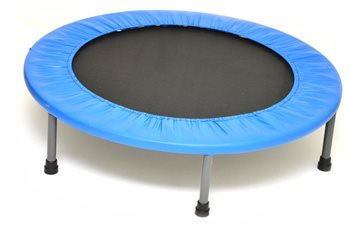
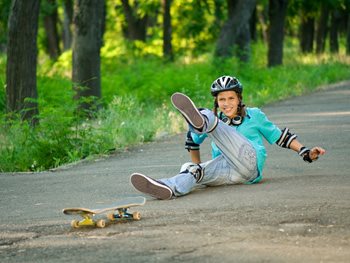 Skateboarding Accidents Lawyer
Skateboarding Accidents Lawyer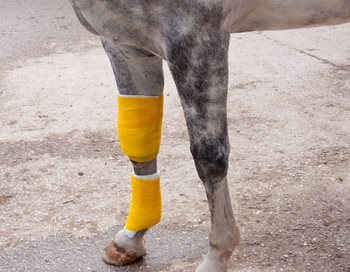 Factors in Horse Accidents
Factors in Horse Accidents